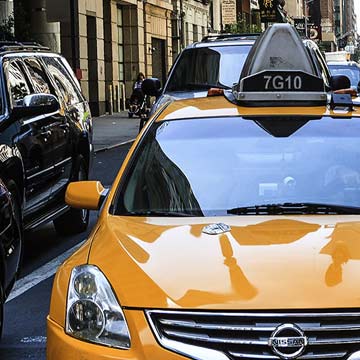High court won't hear abortion clinic 'buffer zone' cases
Featured Articles
The Supreme Court on Thursday turned away pleas from anti-abortion activists to make it easier for them to protest outside clinics, declining to wade back into the abortion debate just days after striking down a Louisiana law regulating abortion clinics.
The justices said in a written order that they would not hear cases from Chicago and Harrisburg, Pennsylvania, where anti-abortion activists had challenged ordinances that restrict their behavior outside clinics.
As is usual, the justices did not comment in turning away the cases. The order from the court noted Justice Clarence Thomas would have heard the Chicago case.
The Supreme Court has since the late 1990s heard several cases involving demonstration-free zones, called buffer zones, outside abortion clinics. Most recently, in 2014, the justices unanimously struck down a law that created a 35-foot protest-free zone outside Massachusetts abortion clinics. The court said Massachusetts’ law, which made it a crime to stand in the protest-free zone for most people not entering or exiting the clinic or passing by, was an unconstitutional restraint on the free-speech rights of protesters.
On Thursday, one of the two cases the court declined to take up involved an ordinance passed by the city counsel in Harrisburg, Pennsylvania's capital, in 2012 that made it illegal to “congregate, patrol, picket or demonstrate” in a zone 20 feet from a health care facility. Anti-abortion activists sued, arguing that the ordinance violates their free speech rights. Lower courts have upheld the ordinance, however, ruling it doesn't apply to “sidewalk counseling,” where individuals who oppose abortion offer assistance and information about alternatives to abortion to those entering a clinic.
Related listings
-
UConn student fugitive in court on murder charge, police say
Featured Articles 06/12/2020A University of Connecticut student, who police say used a machete to kill a man, fatally shot a high school acquaintance, and then spent six days as a fugitive, will be arraigned Friday on murder and other charges, authorities said.Peter Manfr...
-
Black Lives Matter rallies start in Australia amid court ban
Featured Articles 06/07/2020The first of several Black Lives Matter protests across Australia on Saturday got underway against a backdrop of possible clashes between demonstrators and police in Sydney, after a court sided with police that the gathering posed too much risk for s...
-
Supreme Court upholds Puerto Rico financial oversight board
Featured Articles 06/01/2020The Supreme Court on Monday upheld the oversight board established by Congress to help Puerto Rico out of a devastating financial crisis that has been exacerbated by the coronavirus outbreak, recent earthquakes and damage from Hurricane Maria in 2017...

Any contracts or any transactions can go awry at any time
We know your business means a lot to you and want to understand all the aspects of your business so that we can help you in the best ways possible. We don’t discriminate depending on the size of your company. Our mission statement is to represent all business owners and entrepreneurs by navigating them through the rough waters of business litigation and guiding them to success.
We are attorneys who want to make sure we understand your business objectives and goals before we start providing you with legal counsel individualized to your business. We know what it means to be dedicated to your business. After all, we are a business as well. And just like you, we want to provide the best service we can to our clients.
Any contracts or any transactions can go awry at any time. Sometimes, making important business decisions without legal help from business attorneys could cost you your business.We don’t want you or your business to be misconstrued by anyone. Our attorneys make sure that we communicate with you often to make sure we are giving you the legal guidance you need at all times. We make sure we are responsive in a timely-manner with every single one of our clients to help them identify risks and prevent legal battles before they arise.




